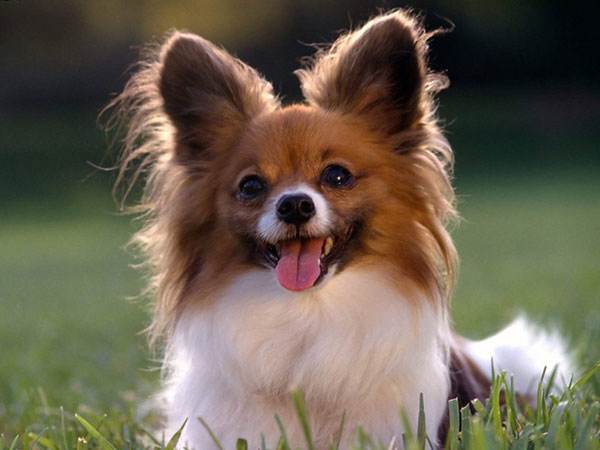
Papillon
Squirrel Dog (due to tail carriage)
The Papillon, also known as the Papillon or the Papillon, is named after the···
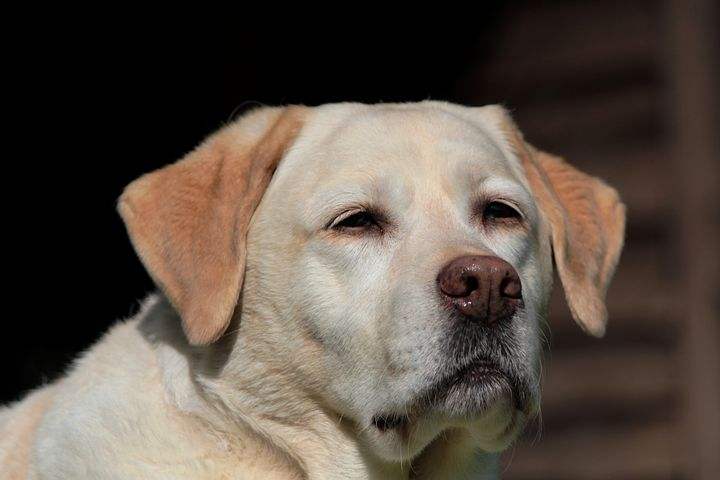
Labrador Retriever
Labrador
Labrador, also known as Retriever, is a medium to large dog breed. It is ver···
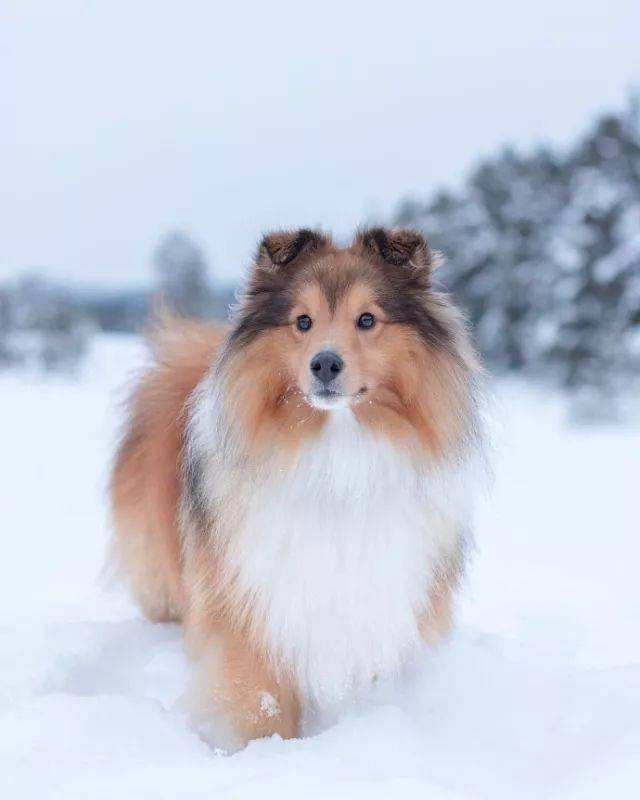
Sheltie
Shetland Sheepdog
The Shetland Sheepdog, also known as the Shetland Sheepdog, is a small breed···
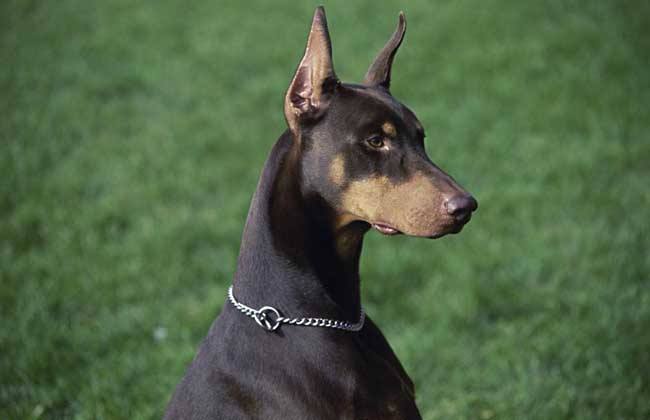
Doberman Pinscher
Dobermann
Doberman Pinscher is a very fierce dog breed, mainly used in military and po···
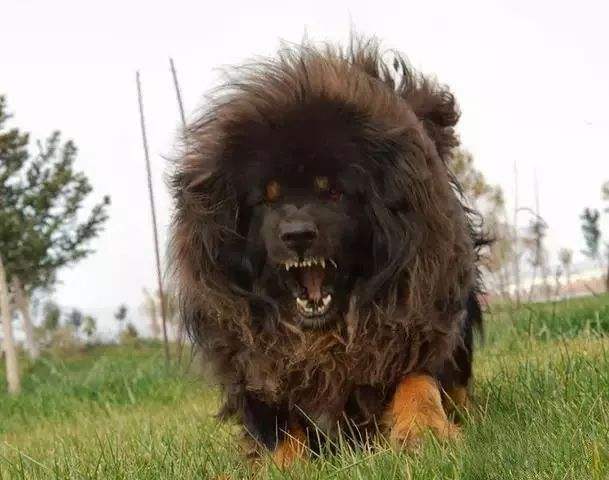
Tibetan Mastiff
འདོགས་ཁྱི,dogs khyi,molosser
Tibetan Mastiffs are produced in the high-altitude cold zone of 3,000-5,000 ···
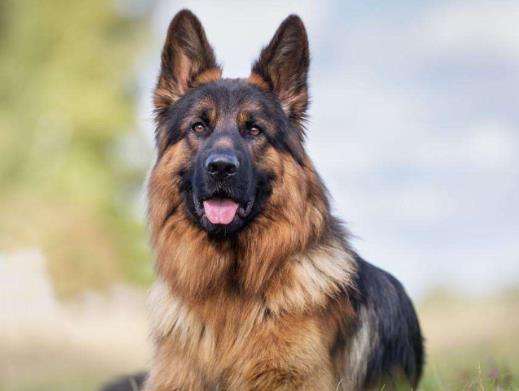
German Shepherd
Deutscher Schäferhund
German Shepherd Dog, also known as German Blackback (Bei), is also known as ···
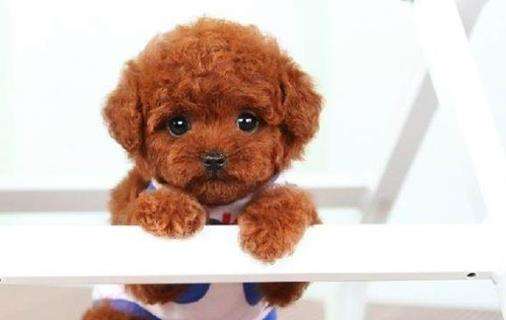
Poodle
Curly,Teddy,Caniche,Pudel
French poodles, Hungarian water dogs, Portuguese water dogs, Irish water dog···
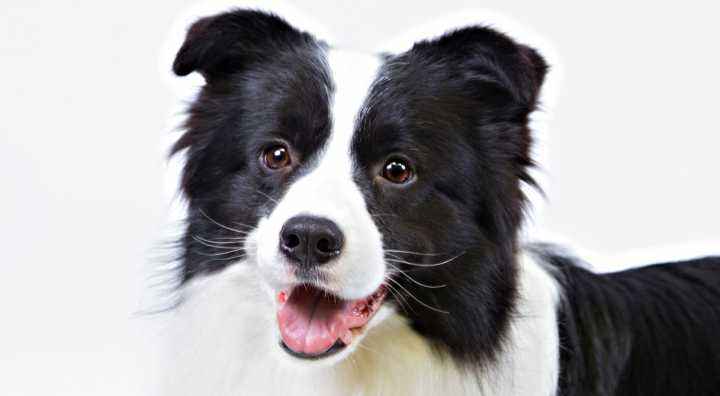
Border Collie
Border Collie (English name: Border Collie) is a kind of sheepdog, a type of···
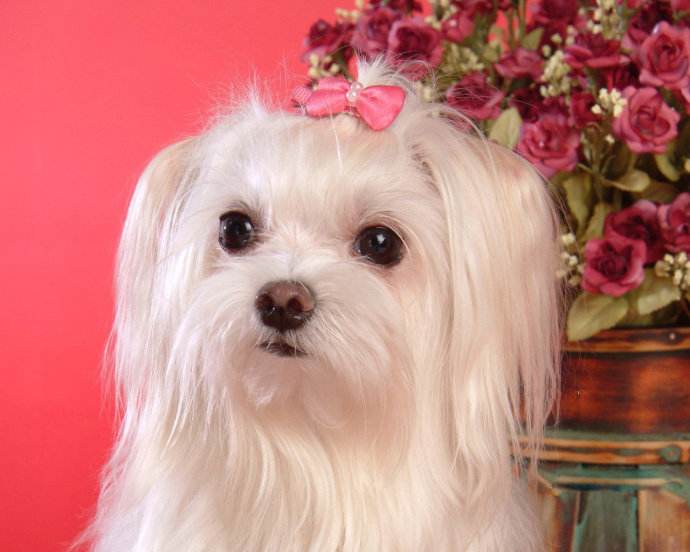
Maltese
Canis lupus familiaris,MalteseDog
Maltese dog, also known as Maltese dog, Maltese Island hound. English name M···
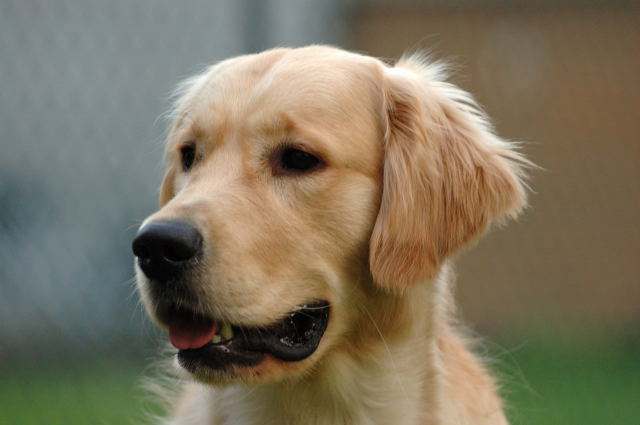
Golden Retriever
The Golden Retriever is what we usually call the Golden Retriever. It origin···
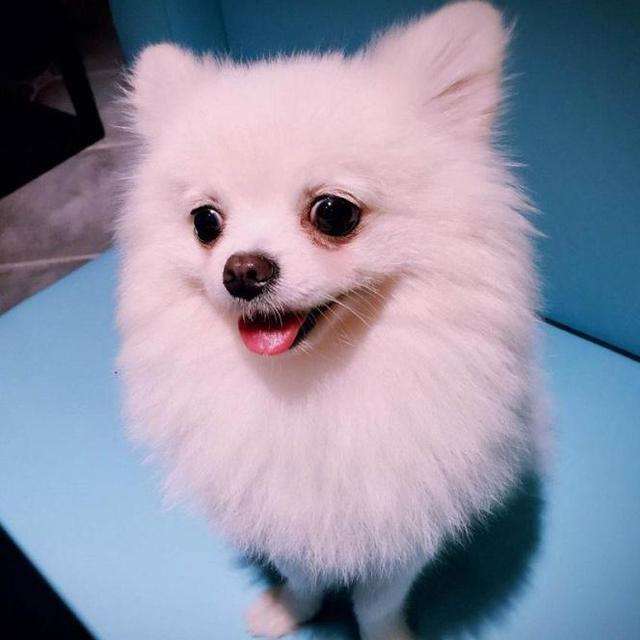
Pomeranian
Squirrel Dog
The Pomeranian is a compact, short-backed, active toy dog. Its scientific na···
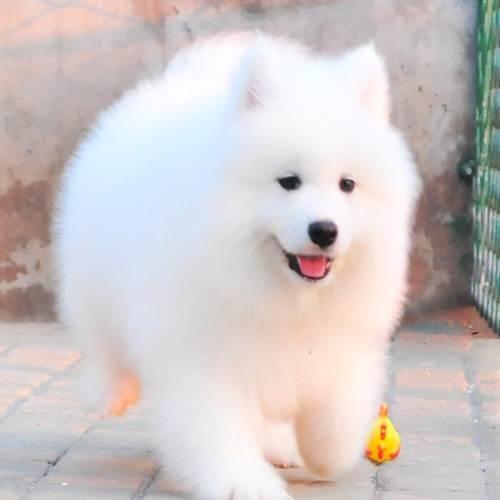
Samoyed
Самое́дская соба́ка or Самое́д
Samoyed, also known as Samoyed, is a breed of dog bred by the Samoyed people···
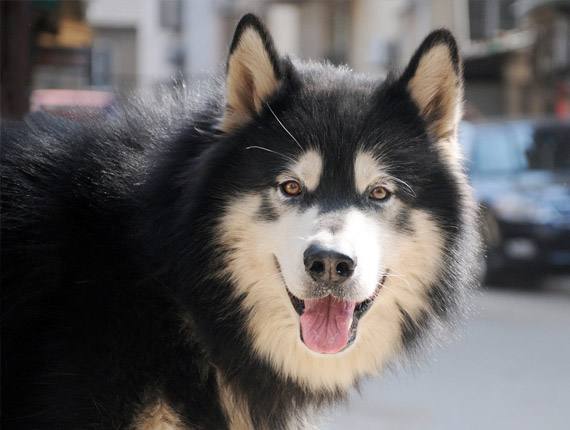
Alaskan Malamute
The Alaskan Malamute is one of the oldest polar sled dogs. Its name comes fr···
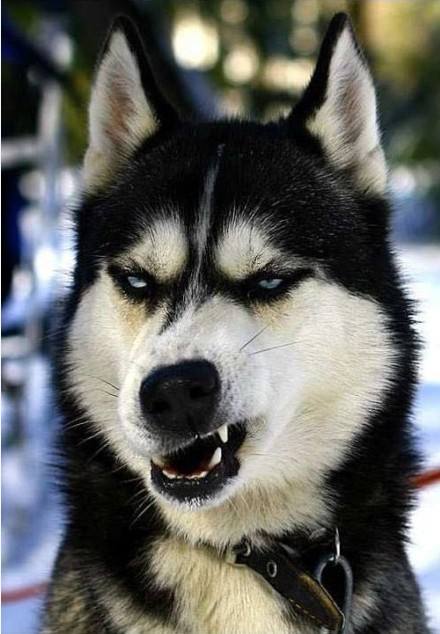
Siberian Husky
Husky
The Siberian Husky is a primitive and ancient dog breed. You may not know wh···
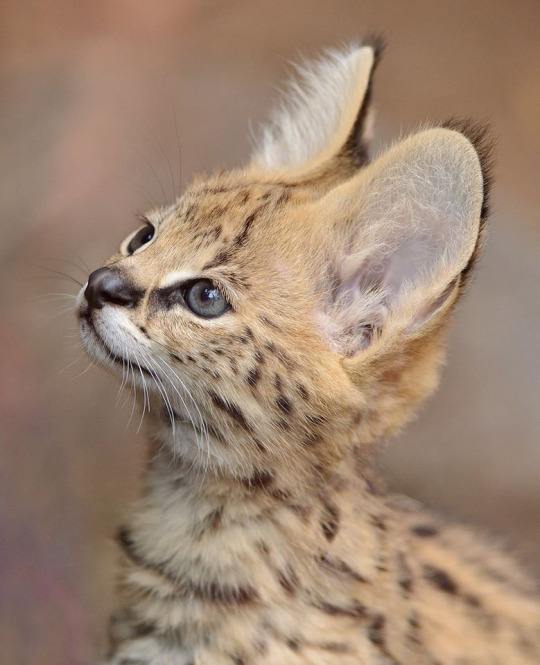
Leptailurus serval
African Serval
In some countries, especially the United States, servals are domesticated as···
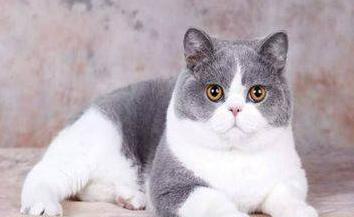
British Shorthair
Felis catus
The British Shorthair cat may be the oldest cat breed in the UK. It can be s···
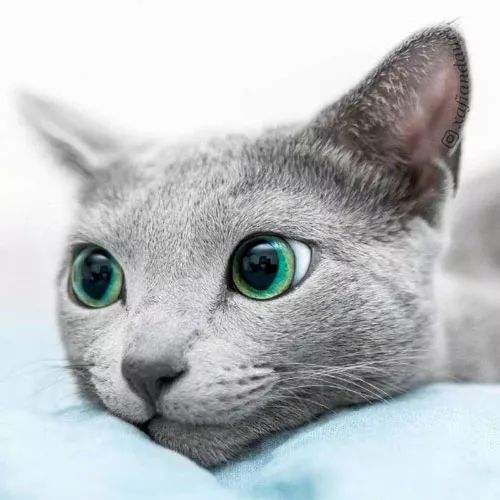
Russian Blue
Archangel Blue Cat, Maltese Cat
Russian Blue cats are different from the blue cats we usually know. The blue···
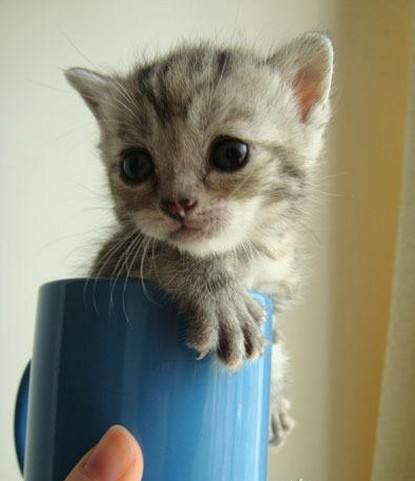
Felinae
Teacup cat, mini cat
Teacup cats are also called mini cats. They are cats the same size as teacup···
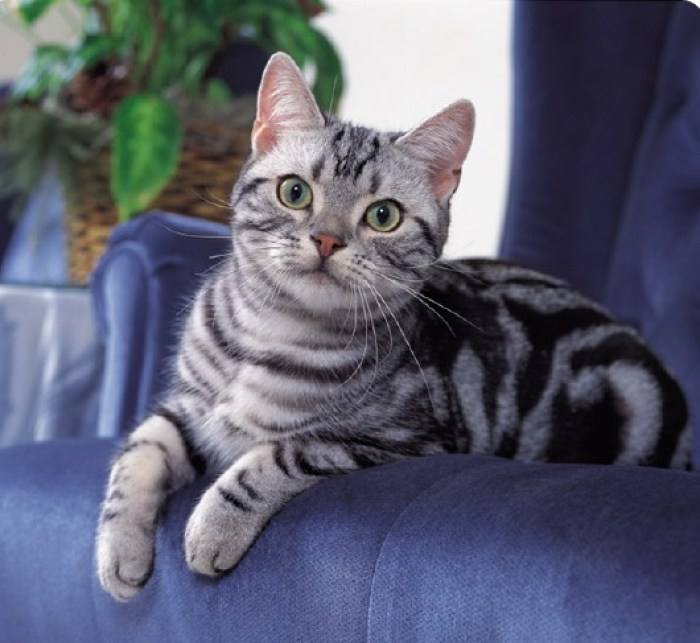
American Shorthair
Brown standard tabby cat
The earliest domestic cats in the United States are said to have come to the···
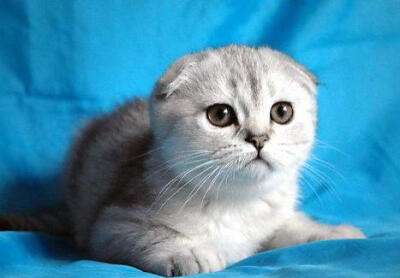
Scottish Fold
Scot Fold,Fold,Felis silvestris catus
The Scottish Fold (scientific name: Felis silvestris catus, English name: Sc···
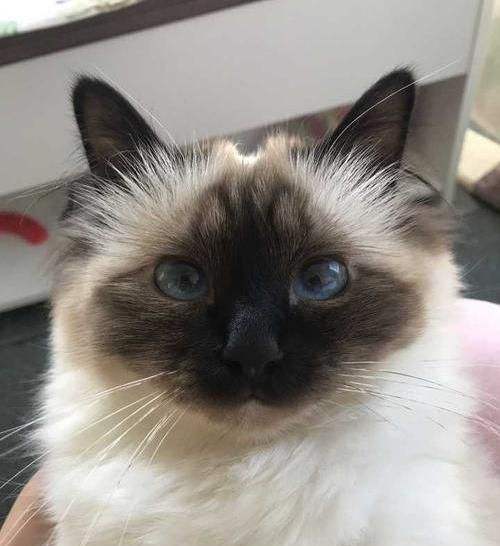
Birman
Boman cat, the sacred cat of Burma
The Birman cat is also known as the Burmese sacred cat. Legend has it that i···
